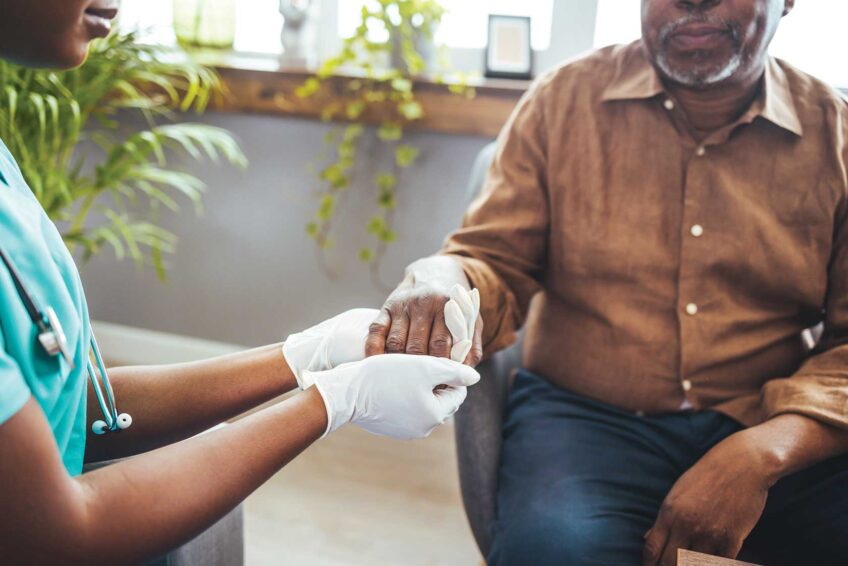
Gail Granville now knows why as a kid she preferred the shaded ponds to the sunny beaches of Cape Cod.
Granville, 68, had lupus, but she did not know it until she was 34 years of age. That’s not unusual. It takes several years to diagnose lupus, according to the National Lupus Foundation. The symptoms so closely mirror other diseases.
She always had migraines. That’s not unusual. About 20% of people with lupus have migraine-like headaches. She was sensitive to the sun. “I had a lot of rashes,” she explained, but her family attributed them to allergies or poison ivy. They thought she was just a sickly child.
There was no history of lupus in her family, but other autoimmune diseases were well represented. One sister had rheumatoid arthritis; another had multiple sclerosis; and still another had scleroderma.
According to researchers at Johns Hopkins, it’s clear that genetics play a role in autoimmune diseases, but the exact role is not fully understood since other factors come into play as well. What is known, however, is that women seem to be affected more frequently.
But a positive ANA (anti-nuclear antibody) test, joint pain, and another test called anti-Ro (SSA) eventually confirmed the diagnosis.
Granville explained that one of her most regretted consequences of the disease is that she could not carry her pregnancies to term. Actually, that was fairly typical at that time. Women with lupus were advised not to have children, but the PROMISSE Study in 2011 found that with careful planning and monitoring, 80% of lupus patients had a favorable pregnancy outcome.
Her most prominent symptom now is constant pain mostly in the joints. “I’ve learned to push through it,” she said. She attributes the pain to fibromyalgia as well. Fibromyalgia is a disorder that can occur alone or secondary to connective tissue disorders such as lupus. Studies suggest that about 25% of people who have lupus also have fibromyalgia, according to researchers at the Hospital for Special Surgery.
As the years have passed, she explained, it’s a battle to deal with both lupus and older age. Those steps in her house have taken their toll. She said she experiences greater fatigue, chronic pain, falls and lupus fog, or diminished cognitive functioning. Osteoporosis has set in due to age and remnants of steroid treatment. Basic housecleaning is more difficult, and she prefers now not to drive.
Yet Granville is not stopping. She is a member of Women of Courage, a support group for lupus that, until the pandemic, met regularly at Codman Square Health Center. She participated in a research program called “Lupus Conversations,” a study to assess the awareness and understanding of lupus in the minority community.
She offers words of encouragement to women suffering with lupus. The disease is deceiving. “You look well, but that doesn’t mean you’re doing well,” she said. “Get support from other lupus patients. You have to put yourself as number one.”







